Interest rates are continuing to rise, as the Federal Reserve’s efforts to bring down inflation wages on.
The Federal Reserve announced Wednesday another increase of 25 basis points in the target rate for federal funds. The new target range is 4.75 to 5 percent. It was the ninth rate increase in the past year and second straight hike of a one-quarter of a point. Previous hikes ranged from three-quarters to half a point.
Even with the recent stress on the banking system, the Federal Open Market Committee remained committed to its efforts to rein in inflation, which the annual rate in February remained at 6 percent.
“The process to get to our 2 percent target has a long ways to go and is liable to be bumpy.”
Jerome Powell, U.S. Federal Reserve Chair
“The process to get to our 2 percent target has a long ways to go and is liable to be bumpy,” said U.S. Federal Reserve Chair Jerome Powell.
Powell did state credit is expected to be tightening due to recent events in the banking system, including the failures of multiple banks. In response, the Federal Reserve and FDIC have taken added action to commit to securing deposits.
“The banking system is sound and resilient. All deposits are safe,” Powell said.
“With the events in the banking sector, we are expecting tighter credit for households and communities.”
The Federal Reserve’s forecast was capped at 5.1 percent, with a curtailing of additional hikes. Powell said any future rate increases will be made in response to economic conditions.
“The focus should be on may or some instead of ongoing,” Powell said in reference to additional hikes.
Powell stressed rate cuts are not in the projections.
Unemployment remains historically low at 3.6 percent, with more than 350,000 jobs added in recent months.
“The labor market remains tight. The labor demand continues to exceed supply,” Powell said.
A projection from the Federal Reserve expects the labor market to soften later this year, with unemployment increasing to 4.5 percent.
He did note disinflation is continuing, with a slight softening of demand. Members of the Federal Reserve expect the tightening of credit to bring down inflation, possibly without additional hikes.
The impact of the rate hikes have already been felt in the automotive industry. According to Experian’s State of Automotive Finance Market Fourth Quarter report released earlier this month, used car interest rates increased from an average of 8.22 percent at the end of 2021 to 10.26 at the close of 2022. The average monthly payment topped $526, up $11 from the third quarter, even though the amount financed was down $766 to $27,768.
Consumers have also stretched out terms to make vehicles more affordable. The average term increased to 68.01 months, up from 67.35 at the end of 2021. It’s more than two months longer than the average term at the end of 2020.
Used car prices remain much more affordable than new vehicles. The average new car payment rose to $716, with $41,445 financed. The average new car rate is at 6.07 percent with the average term at 69.44 months.


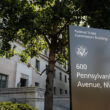

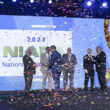
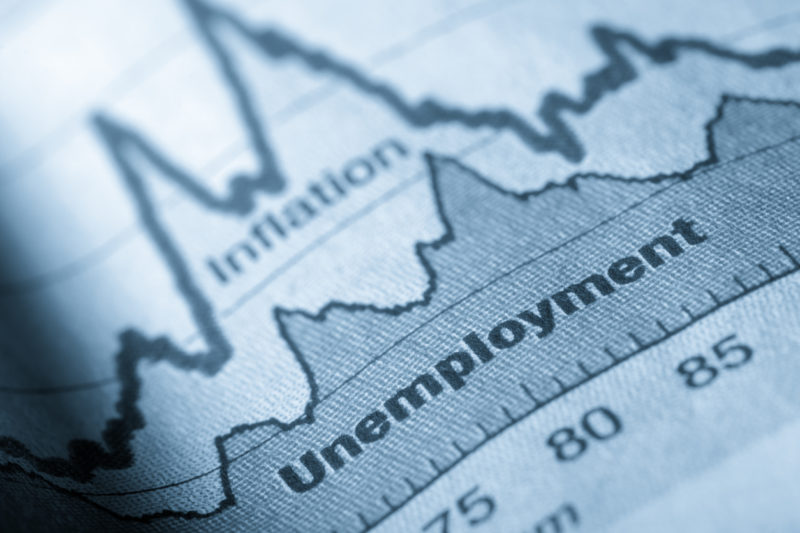
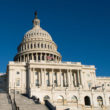

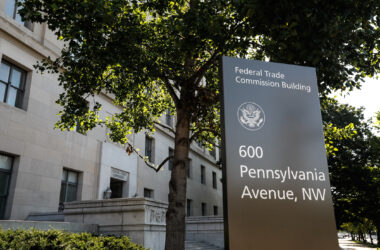

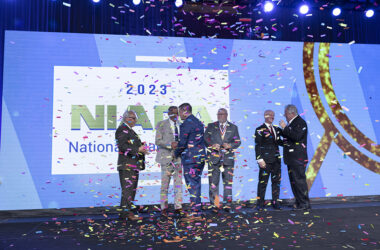
2 comments
Comments are closed.